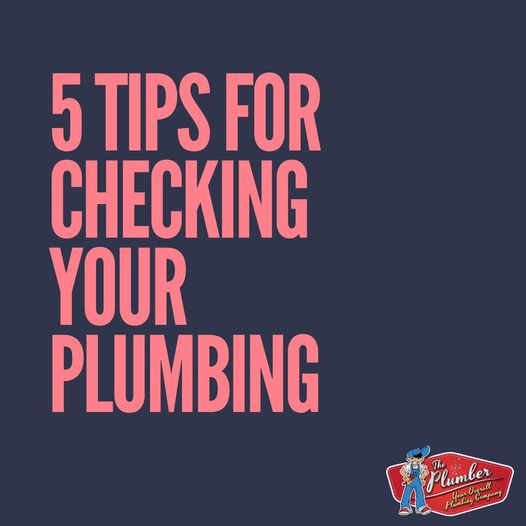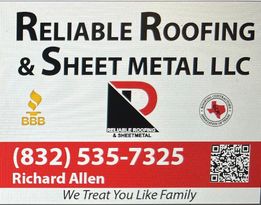|
A soft, green lawn is a wonderful complement to a home, and it doesn’t have to be out of reach. Explore 12 lawn-greening strategies to learn how to get greener grass.  1. Prevent Weeds Before They Come Up Stop lawn weeds before they even germinate by using a pre-emergent herbicide. This type of product controls the dreaded crabgrass and other hard-to-eliminate weeds by stopping their seeds from sprouting in your lawn. Use a pre-emergent herbicide early in the spring.  2. Eliminate Broadleaf Weeds Once They’ve Sprouted Broadleaf weeds are the big weeds that are immediately obvious in your lawn. The bright yellow faces of dandelions with their scatter-in-the-wind seeds, white-flowering clover and big-leaf plantain all stand out. Granular weed control products should be part of your lawn maintenance regimen. If there are just a few offenders, you can remove them by hand with a few garden tools. 3. Mow High and Frequently Mowing your lawn too short may seem like a time saver, but this can damage your grass as well as allow weeds to establish roots. If you keep your lawn a bit taller, it’ll result in healthier grass. The general guideline is to never cut off more than 1/3 of the grass blade. Explore tips for mowing a lawn correctly. 4. Keep Your Mower Blade Sharp A dull blade tears the grass, resulting in a ragged edge that makes the lawn look grayish-brown. Sharpen or replace the mower blade when it shows signs of wear or at least once a mowing season. 5. Water in the Morning The best time to water your lawn is early morning because the sun will help dry the grass. Nighttime watering can result in prolonged moisture on the blades, opening the door to some diseases. It’s better to water less often but for prolonged periods. Just wetting down the grass isn’t sufficient, and it can contribute to thatch. You need to soak the lawn so the soil is moist several inches down. 6. Aerate Your Lawn Aerating is the process of counteracting soil compaction by creating small holes in the lawn, which allows water, fertilizer and seed to reach the soil. Aeration can be done by hand, using a push aerator or by attaching an aerator to a riding mower. Aerate once a year — in the fall for cool-season grasses and in the late spring for warm-season grasses — to help your lawn thrive.  7. Feed Your Lawn What do lawns like to consume? Nitrogen is the most important nutrient in a grass fertilizer. Look for a mix of fast- and slow-release lawn-greening fertilizers that’ll work quickly and feed over time. In northern regions, feed in fall and spring. In southern regions, feed in spring and summer. Don’t feed dormant grass, as it can’t take in nutrients. Note that drought can cause the grass to go dormant in summer.  8. Spot-Train Your Dog If you have a dog that spends any time in your yard, your lawn will show it. Large yellow and dead spots in your lawn are the result of nitrogen in dog urine. Encourage your dog to use just one spot in the yard, or make a gravel or mulch area where your dog can do his/her business without spotting the lawn. Spot-train your dog in the same way you did house-training. Walk your dog out to the area to use and give treats for positive reinforcement. 9. Dethatch Your Lawn One culprit of brown spots is thatch — a layer of organic buildup on the surface of the soil that can prevent water and nutrients from reaching grass roots. If your lawn is struggling, dig up a small section to look at the thatch. Less than 1/2 inch of thatch is healthy, but more than that can keep your lawn from flourishing. To dethatch, use a thatch rake for small jobs or, for bigger jobs, use a riding lawn mower dethatching attachment or push dethatcher. 10. Reseed Sparse Lawns If your lawn is a little thin in areas, you can overseed the area to help make it lush. Fall is the ideal time to reseed cool-season grasses, and late spring is the best time to reseed warm-season grasses. Overseed your lawn by applying seeds after dethatching, aerating, fertilizing and mowing. 11. Edge Your Lawn Edging the lawn, or cutting the grass along the driveway, curbs, pathways and/or roads, will help keep the boundaries of your lawn healthy, green and tidy. Use an edging tool or turn a grass trimmer to be parallel with the grass to get clean, green lines 12. Mulch Your Lawn Instead of raking up dead leaves in the fall, use a mulching attachment on a riding lawn mower to shred them, providing the perfect material to feed your lawn over the winter. NextGen Landscaping & Services
Keep the work coming !! You Grow It, We Mow It! Give us a call (832)-580-1192 , Great Communication & Awesome work from our crew Share it on..
0 Comments
HOW IT WORKS... Letting your attic breathe is an important part of maintaining a healthy and energy efficient home. As the sun heats your roof throughout the day, attic temperatures can reach over 150 degrees in the summer without proper ventilation. When your attic cannot breathe, the resulting trapped heat and moisture can cause numerous problems including higher electric bills, mold outbreaks, and ultimately the deterioration of your roof over time. Attic Breeze solar attic fans offer the perfect solution to this ventilation problem by continuously removing attic heat and moisture throughout the day, and do so for absolutely no cost of operation. Working as a self-regulating system with your attic, the more intensely the sun beats down on your roof, the faster our fans remove hot air to cool your attic. And when your attic is cooler, everything in your attic just works better.  HOW DOES IT SAVE MONEY??? INSULATION WORKS BETTER Attic insulation is the primary method builders use to keep heat from entering your home. This works great when the insulation is new, but over time excessive attic heat and moisture will degrade and compact insulation making it less effective at keeping out the heat. Attic Breeze helps extend the life of your attic insulation by continuously removing attic heat and moisture throughout the day. By lowering the average temperature in the attic, your insulation actually works better and becomes more effective at reducing heat transfer into your home. And when heat transfer is reduced, the result is a more comfortable home that requires less energy to cool.  HVAC IS MORE EFFICIENT You may be surprised to know that the efficiency rating of your HVAC system (SEER rating) is only valid at 77°F. As operating temperatures increase, the actual SEER rating of your HVAC equipment decreases. For homes that have HVAC equipment installed in the attic space, your cooling system will use more energy to operate the hotter your attic becomes due to heat gain. Attic Breeze works by removing heat and reducing the attic temperature, allowing your HVAC system to operate more efficiently and use less energy to cool your home. And the less your HVAC equipment needs to operate, the more money you will save on cooling bills and equipment repairs.  SHINGLES LAST LONGER As the temperature of your roof increases throughout the day, shingles will give off heat both to the surrounding outside air and into the attic space. The more heat the shingles can transfer away, the lower the resulting roof temperature. However when an attic is poorly ventilated, the air inside becomes so hot that it causes heat transfer from the roof to slow down, forcing the temperature of the shingles to increase even more. This excessive heat buildup can ruin roof shingles over time causing them to buckle and deteriorate prematurely. Attic Breeze solves this problem by continuously removing trapped hot air from the attic space, allowing your roof to release the maximum amount of heat possible. And a cooler roof means your shingles last longer, saving you money. WE SUGGEST CALLING A PROFESSIONAL |






















 RSS Feed
RSS Feed








